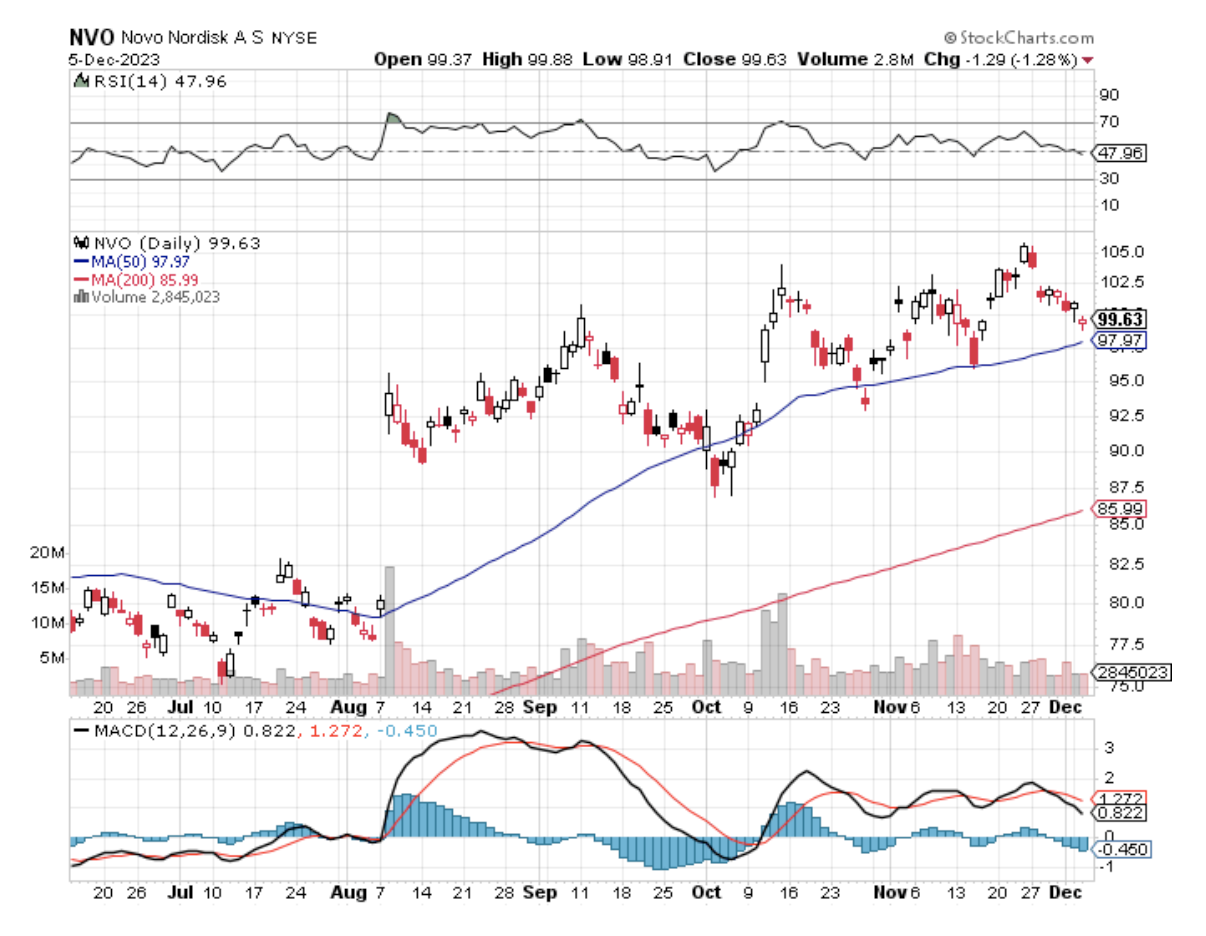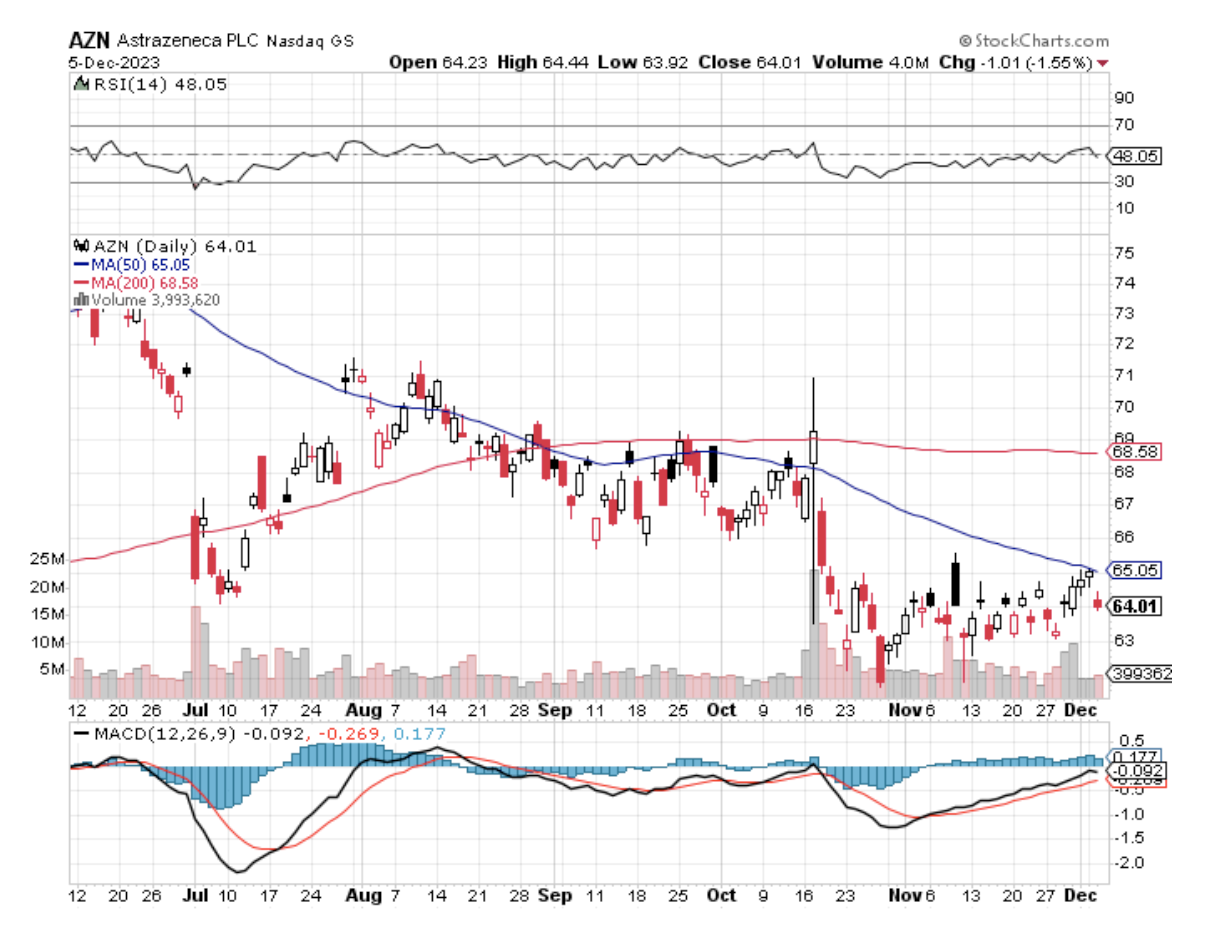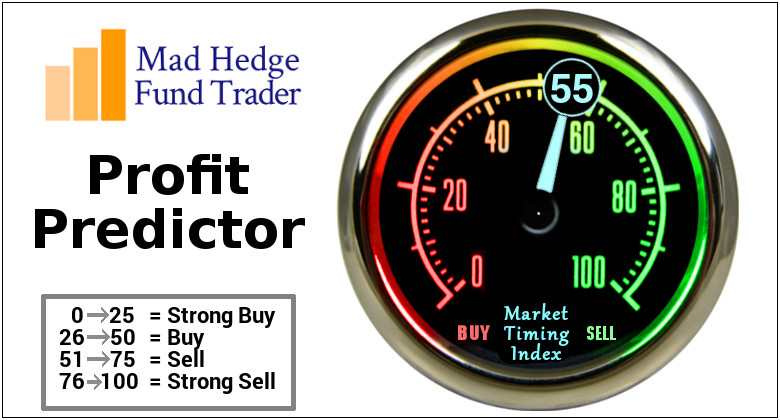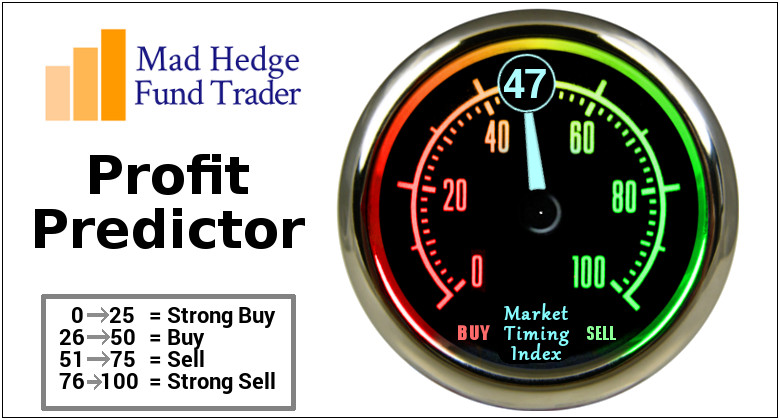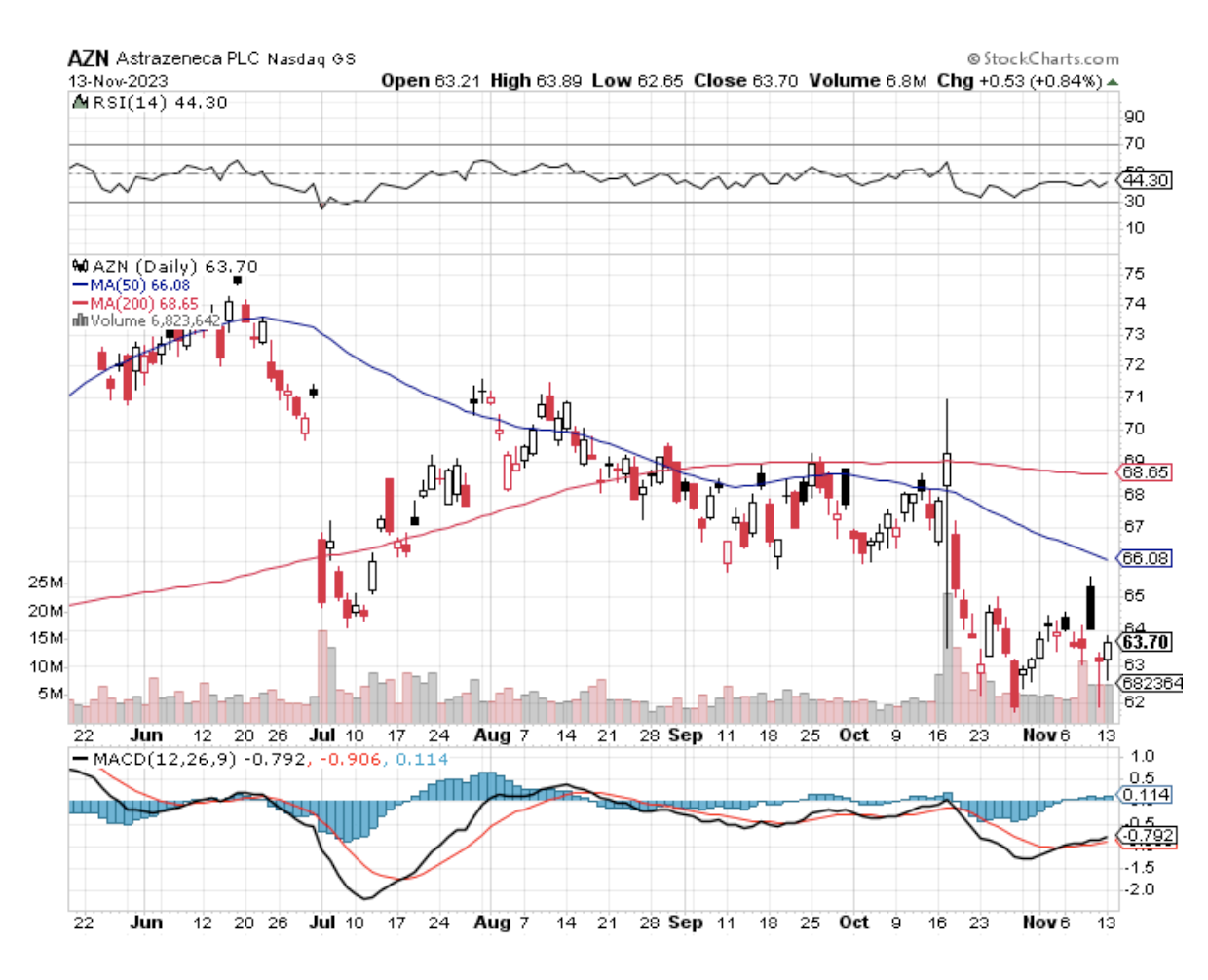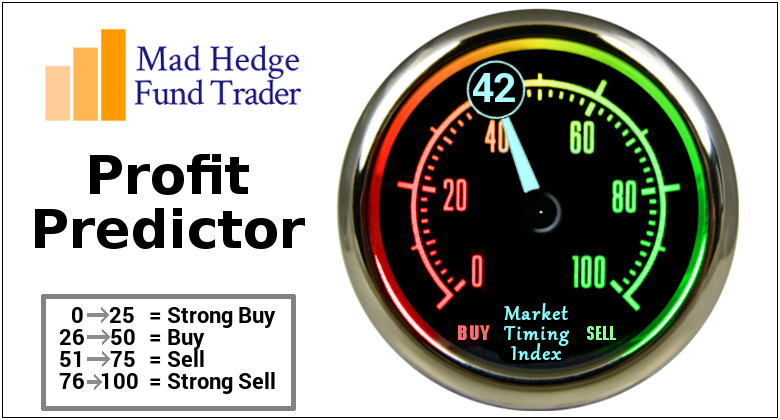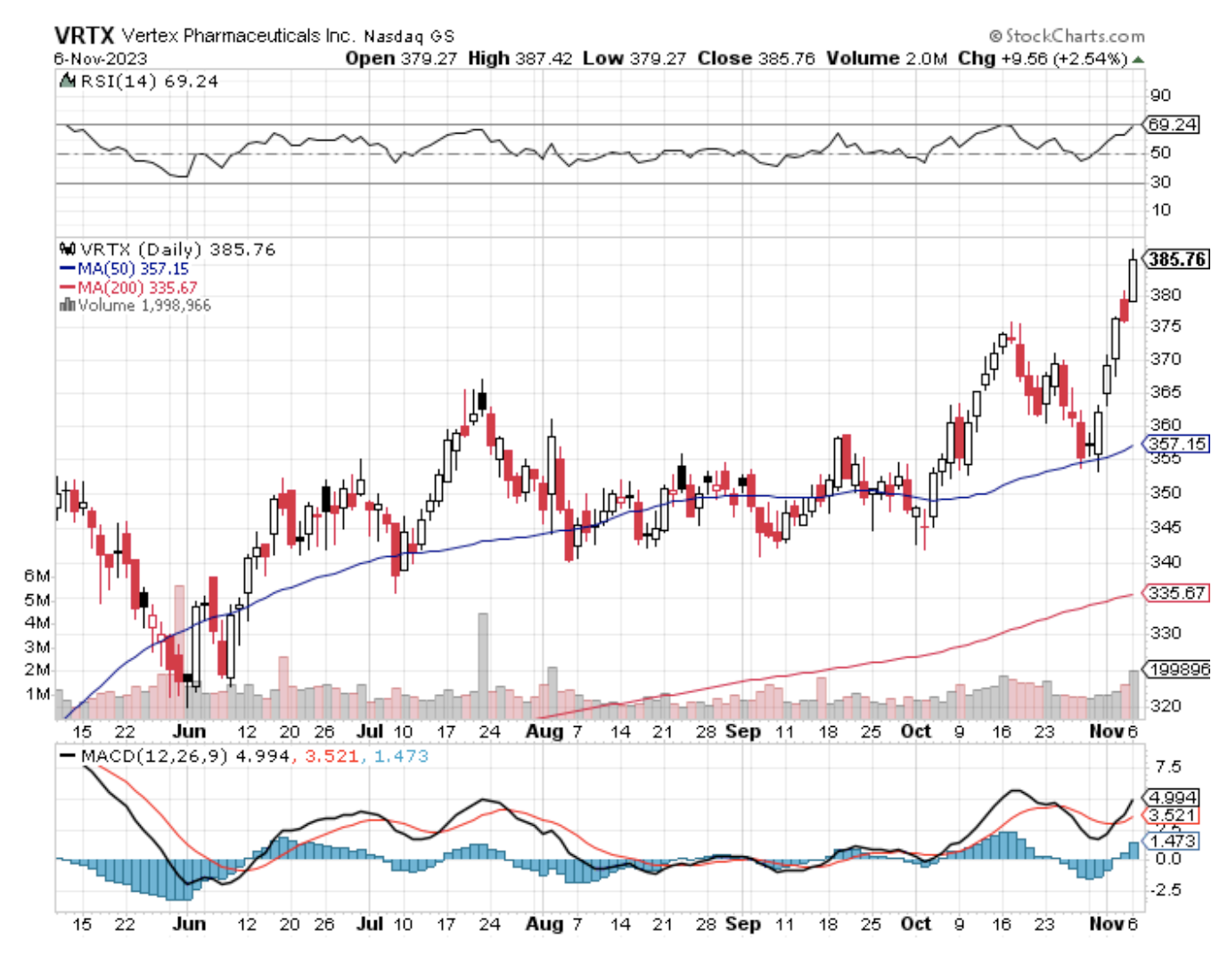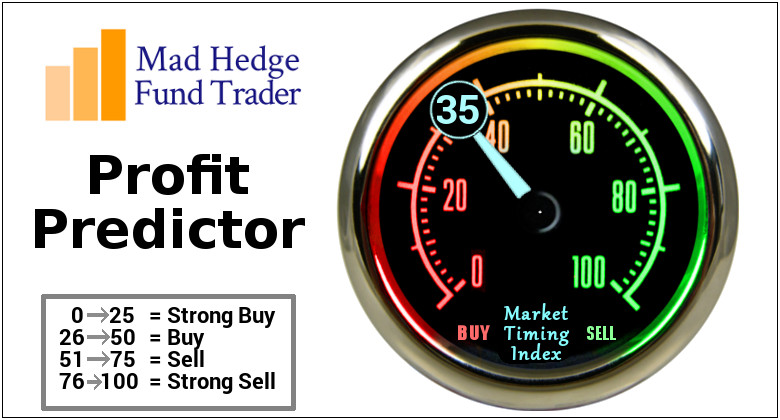If you thought the S&P 500’s dance floor was exclusively reserved for tech's Magnificent Seven, including the likes of Microsoft (MSFT) and Nvidia (NVDA), think again.
Galloping up from behind, with the confidence of a new sheriff in town, are Eli Lilly (LLY) and Novo Nordisk (NVO), blazing trails in the obesity drug market.
Eli Lilly, with its freshly minted weight-loss drug, has catapulted to an eye-watering market value of nearly $600 billion. That's a leap from less than $100 billion in just over five years – talk about a growth spurt!
On the other side, we have Novo Nordisk, hailing from Denmark and thus not a part of the S&P club. Nevertheless, they're no slouches, sporting a hefty $450 billion market cap, quadrupling in value over five years.
The latest to throw their hat into this lucrative ring is Roche Holdings (RHHBY). They've just penned a $3.1 billion deal to acquire Carmot Therapeutics. This isn't just pocket change – it's a clear signal Roche wants a piece of the weight-loss pie, currently dominated by Eli Lilly and Novo Nordisk.
Carmot Therapeutics, a U.S.-based outfit, is cooking up something special in the GLP-1 receptor agonists segment, a class of drugs stirring up both the market and cultural scene.
Roche, by acquiring Carmot, gains exclusive dibs on three promising drugs, all at different stages of trial.
Now, let's talk numbers.
Roche is shelling out $2.7 billion upfront with another $400 million on the line, based on performance milestones. Analysts reckon Roche is gunning for phase III trials to crash the Eli Lilly and Novo party.
But let's not kid ourselves – it's an uphill battle for market share, considering the head start the other two have.
As for the market's reaction? Roche's stock perked up by 2.5% in Switzerland, although it's still trailing by 15% this year. Eli Lilly and Novo Nordisk, meanwhile, saw a bit of a dip in early trading, despite a strong showing this year.
Ultimately, Roche’s goal isn’t just to focus on the drugs. Instead, the company is eyeing an integrated approach, combining pharmaceuticals, diagnostics, and expertise in cardiovascular and metabolic diseases. It's like putting together a high-stakes puzzle where every piece matters.
Furthermore, other pharma giants are joining the fray. For example, AstraZeneca recently entered a $2 billion deal with China’s Eccogene for a nascent obesity and Type 2 diabetes drug.
But here's the million-dollar question: Are we seeing a bubble in these slimming stocks? It's hard to pin down.
What we do know is that the global obesity epidemic isn't slowing down, and these drugs are showing results.
Take Lilly’s tirzepatide, for instance – it's making waves as both diabetes and obesity treatment, with trial participants shedding an average of 52 pounds.
The financial forecasts are staggering, projecting potential annual sales of $67 billion by 2032, and possibly $100 billion by 2030.
This means obesity drugs might outshine immuno-oncology treatments, another sector with sky-high prices and a vast patient pool.
But this prosperity brings a dilemma.
Eli Lilly's trading at a whopping 90 times this year's earnings forecast. Novo? They're at 39 times. These figures could spell an opportunity for the patient investor, or they could be a harbinger of overestimated growth.
To better navigate this, let’s consider the situation from a different angle. I suggest looking at the broader picture – the intersection of obesity with other conditions like heart disease and NASH. It's a fresh perspective, focusing on specific patient subgroups.
Taking this approach leads us to companies like Amgen (AMGN) and Viking Therapeutics (VKTX), each targeting a different slice of the obesity pie.
Amgen's got its eyes on obesity and heart disease, while Viking is tackling obesity and NASH. Early trials have shown promise, and these companies are exploring novel delivery methods like monthly injections and pill formulations.
It's worth noting that Amgen is more than just a one-trick pony – they've got Repatha for high cholesterol, which could be a game-changer if combined with their obesity treatment.
Viking, although smaller and riskier, is making waves with a drug that's shown significant liver fat reduction in trials.
So, what's the takeaway here?
Well, the obesity sector is ripe with opportunity, but it's also fraught with speculation and risk. Amgen, a solid bet with a 3.2% dividend yield, and Viking, a more speculative choice, are just two examples of the diverse strategies in play.
One thing's for sure: As competition heats up, prices for obesity meds are likely to drop, mirroring the trajectory seen with other high-priced drugs.
The obesity drug market is a complex, rapidly evolving beast. It offers a blend of incredible potential coupled with considerable risk.
For investors willing to ride out the storm, the rewards could be substantial. Meanwhile, for those seeking exposure to the growing sector without the associated risks, a diversified investment strategy could be key.


